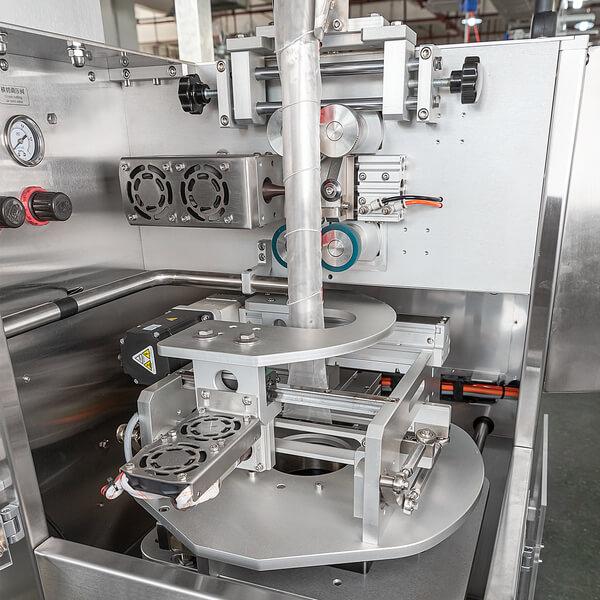Time to read: 4 min
As a design engineer, you should be intimately familiar with the essential mechanical properties that quantify how materials respond to load or stress application — and Poisson’s Proportion and Young’s Modulus are two of those properties. These properties offer critical information for engineers looking to achieve robust designs that can withstand demanding environments.
This article discusses the implications, importance, applications, and the exchange between Poisson’s Proportion and Young’s Modulus. Whether you’re a seasoned designer looking for a refresher or a new engineer trying to get a handle on the essential mechanics of materials, we have what you’re looking for.
Young’s Modulus (E)
Young’s Modulus is also known as the elastic modulus of a material (note: there are three types of elastic moduli). It is signified as E, and gauges a material’s elasticity or ability to withstand deformation under applied stress by measuring how much a material stretches or compresses when exposed to an external force.
Young’s Modulus is determined utilizing the pressure-strain relationship, where stress (
